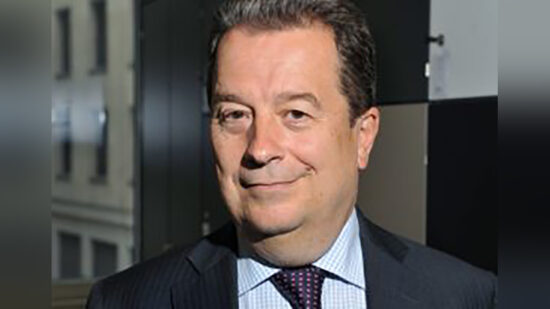The Investment Association (IA) Japan sector is made up of 103 funds. This ticked up in 2023 due to the closure of the IA Japanese Smaller Companies sector at the end of September, with its handful of strategies exporting over into the larger IA Japan category.
Currently, the sector holds 67 active and 36 passive funds. However, investment into passives has continued apace and, by assets under management, passives dominate, accounting for around 60% of the sector and seven of the top 10 largest strategies.
Interest in the Japanese sector has improved more recently, helped in part by the weaker currency but also due to the country moving into an inflationary environment.
Macro backdrop
The country’s deflationary problem looks to be behind it as inflation reaches a high of 4.2%, a level not seen since 1981. While the Bank of Japan’s monetary policy remained essentially unchanged, predominantly due to its view that supply constraints drove inflation, it has been tweaked, with its negative interest rate policy being removed after eight years.
Due to the higher inflation and faster response from the west, Japan’s currency has continued to suffer, as the USD/JPY carry trade remains attractive and has weakened to its lowest level in 30 years. Should inflation remain sticky, this could kick-start sleepy corporate Japan, as the region’s companies have the highest net cash position relative to other developed markets, which is a less favourable position to be in when facing inflation.
Given the currency weakness, interest has risen as investors expect a reversal at some point, which would boost returns for sterling investors. However, while not a domestic issue, Japan’s closest neighbour, China, hasn’t recovered post-pandemic as many expected, therefore as its largest trading partner this uncertainty remains a risk.
How it’s performed
Year to date, to the end of April, the Topix gained 16.8% in local currency terms. However, due to yen weakness against sterling, this translated into a 6.7% return in sterling terms. Over the period, the IA sector marginally underperformed the index, returning 5.5%.
Value has continued to drive the market following a strong 2023. While elsewhere growth generally dominated with the increased interest in artificial intelligence (AI), the country bucked the global trend during 2023 for a couple of reasons.
First, following decades of deflation, the move to mild inflation wasn’t met with rising interest rates, due to the generally lower inflation levels. This led to a rate differential with the US causing Japan’s currency to weaken sharply. Japan’s large and mega-cap companies, which are for the most part overseas earners, benefited from the weaker yen, as their overseas profits were boosted when translated back into yen.
In addition, Warren Buffett heavily added to his positions in Japan’s largest trading companies, and the Tokyo Stock Exchange announced an initiative targeting companies with low price-to-book ratios to disclose plans to improve this metric. This was enough of a catalyst for the market to favour value companies, while the rest of the world focused heavily on the growth prospects of AI.
While Japan has a couple of companies that benefitted, they are smaller market constituents. For 2023, the Topix rose 28.3%, in local currency terms, and 13.3% in sterling terms, while the IA peer group marginally lagged behind (11.7%).
Read Ajay Vaid’s funds to watch by assets under management, three-year performance and newcomers in June’s Portfolio Adviser magazine







